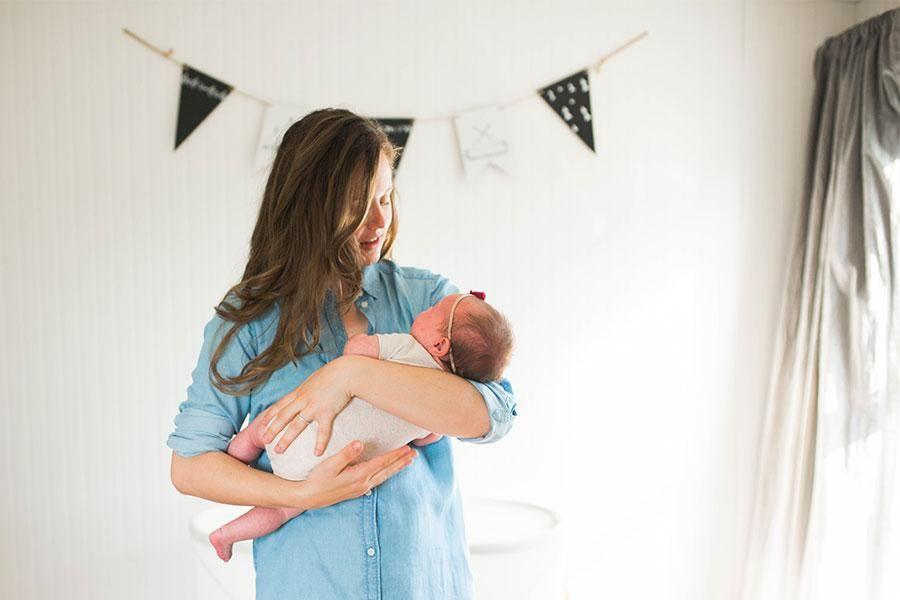BABY
Why That Lullaby Isn't Soothing Your Baby
Lullabies that actually help your baby fall asleep.

Written by
Dr. Harvey Karp

SHARE THIS ARTICLE
PARENT PICKS
Bestsellers
BABY

Written by
Dr. Harvey Karp

SHARE THIS ARTICLE
Bestsellers
The word lullaby means “sing to sleep.” The sweet tunes of lullaby music mimic the reassuring rhythms of a mother’s pulse, about seventy beats per second. This pace is perfect for singing—and rocking—your baby as he drifts to sleep.
Below you will find different lullabies that you can sing, as well as a story from real parents and how they were able to lull their newborn to sleep.
Fortunately, many infants can be rescued from their cries by switching to a zippier rhythm (2-3 beats per second) to catch their attention. If you are a Beatles fan, try jiggling your fussy baby to “It’s Been a Hard Day’s Night.” As he settles, slow down to “We Can Work It Out” or “All You Need Is Love.” And when he is putty in your hands, downshift all the way to “Golden Slumbers” (or the number-one-new-parent fave, “I’m So Tired”).
Not sure what lullaby to sing to put your baby to sleep? Here is a list of some of our favourite baby lullabies.
Not a fan of the classic lullabies? No problem. Below you will find modern songs that are great for soothing your baby.
When Margie and Barbara’s son, Michael, was 6 weeks old, he screamed so loudly at night that their downstairs neighbor would bang on the ceiling. Margie tried to placate him with gentle rocking and soothing songs, but nothing worked until she discovered what she called the “ancient war dance.”
Clutching Michael to her chest—his stomach pressed against her and her arms around him like a straitjacket—Margie loudly chanted, “HA ja ja ja, HA ja ja ja.” With each accented “HA” she doubled over and bent at the knees, making Michael feel as if he had fallen through a trapdoor. With each “ja” she ratcheted her body partway back up. By the third “ja” she was standing straight again, ready for the next “HA.”
Margie said that the vigor of the rhythm and the loudness of the chant were the keys to success. Usually, Michael was snoozing again within minutes!
Learn the 5 S's, Dr. Harvey Karp's easy method for calming infant crying.
Disclaimer: The information on our site is NOT medical advice for any specific person or condition. It is only meant as general information. If you have any medical questions and concerns about your child or yourself, please contact your health provider. Breastmilk is the best source of nutrition for babies. It is important that, in preparation for and during breastfeeding, mothers eat a healthy, balanced diet. Combined breast- and bottle-feeding in the first weeks of life may reduce the supply of a mother's breastmilk and reversing the decision not to breastfeed is difficult. If you do decide to use infant formula, you should follow instructions carefully.